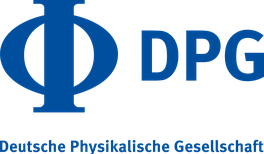
Organic solar cells depend heavily on the energetics close to the donor acceptor interface. We theoretically investigate the excitations of donor acceptor pairs based on C60 molecules and varying donor species. By means of time-dependent density functional theory simulations, we analyze the charge transfer energy and the absorption strength. We investigate the influence of the geometric configuration on the excitation energy and on the oscillator strength and find that the configuration of the molecular dimer has a strong impact on the absorption strength while the CT energy is weakly affected.

Organic solar cells depend heavily on the energetics close to the donor acceptor interface. We theoretically investigate the excitations of donor acceptor pairs based on C60 molecules and varying donor species. By means of time-dependent density functional theory simulations, we analyze the charge transfer energy and the absorption strength. We investigate the influence of the geometric configuration on the excitation energy and on the oscillator strength and find that the configuration of the molecular dimer has a strong impact on the absorption strength while the CT energy is weakly affected.